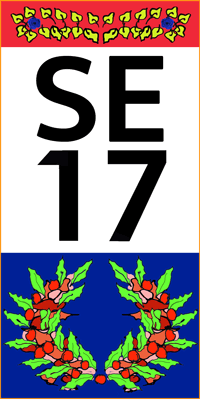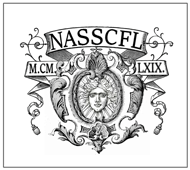Congratulations are in order to Anne Larsen, whose book
Anna Maria Van Schurman, 'The Star of Utrecht': The Educational Vision and Reception of a Savante
has just been published in Routledge's series on Women and Gender in the Early Modern World.
A description and chapter headings are copied below:
Dutch Golden Age scholar Anna Maria van Schurman was widely regarded throughout the seventeenth century as the most learned woman of her age. She was 'The Star of Utrecht','The Dutch Minerva','The Tenth Muse', 'a miracle of her sex', 'the incomparable Virgin', and 'the oracle of Utrecht'. As the first woman ever to attend a university, she was also the first to advocate, boldly, that women should be admitted into universities. A brilliant linguist, she mastered some fifteen languages. She was the first Dutch woman to seek publication of her correspondence. Her letters in several languages Hebrew, Greek, Latin, and French - to the intellectual men and women of her time reveal the breadth of her interests in theology, philosophy, medicine, literature, numismatics, painting, sculpture, embroidery, and instrumental music. This study addresses Van Schurman's transformative contribution to the seventeenth-century debate on women's education. It analyses, first, her educational philosophy; and, second, the transnational reception of her writings on women's education, particularly in France. Anne Larsen explores how, in advocating advanced learning for women, Van Schurman challenged the educational establishment of her day to allow women to study all the arts and the sciences. Her letters offer fascinating insights into the challenges that scholarly women faced in the early modern period when they sought to define themselves as intellectuals, writers, and thoughtful contributors to the social good.
Chapter Headings – Introduction: The Savante in Historical Context; 1. A Star is Born: The Education and Fame of a Savante; 2. The Savante, the Theologian, and the Philosopher; 3. Defending the Savante; 4. Translating the Savante; 5. Publishing the Savante; 6. Reception in France; 7. Reception in England; Epilogue; Appendix 1: Translated Latin Documents; Appendix 2: Eulogy of Anna Maria van Schurman by Isaac Bullart, 1682; Bibliography; Index. 343 pp.



